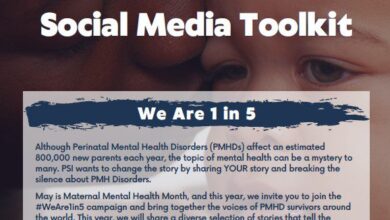How to Know if Your Breast Pump is Covered by Insurance

Knowing which pumps are and are not covered by insurance can be difficult to navigate. In this article, an IBCLC will walk you through what you need to know.
This article was written and reviewed for accuracy by an International Board Certified Lactation Consultant (IBCLC), Jaren Soloff.
The decision to breastfeed your little one is very precious, full of love and care. But we understand that this can come with its own challenges, especially when considering the demands of motherhood.
Pumping can be an incredible option to help share the feeding load during the postpartum period. Many insurance plans in the United States now cover breast pumpsand some companies, such as The Lactation Networkis trying to make hooking you up with a pump easier for your postpartum journey.
Three steps to determine if your pump is covered by insurance
- Chat with your insurance company
- Talk to your health care provider
- Get the lowdown on costs
So, how can you check if your insurance covers a breast pump? Here’s what you need to know.
1. Chat with your insurance company
First, ring your insurance company customer service or visit their website. They will be your go-to resource for all the fine details about breast pump coverage and the steps to follow.
Usually, they will partner in several pump companies and have several of their models available for you to choose from (Medela, Spectra, and Lansinoh are popular brands).
2. Talk to your health care provider
Talk to your healthcare provider about your breastfeeding goals. Ask them if they can give a prescription for a breast pump because that little piece of paper is your golden key to coverage.
Some companies, like The Lactation Network mentioned above, can verify your insurance benefits directly and will give you several pump options (without a prescription).
3. Get the lowdown on costs
Don’t forget that ask about any deductibles, copayments, or restrictions which may apply to the scope of your breast pump.
Some pumps cost more than others based on type (for example, double electric pumps, often used for mothers who have returned to work, are more expensive).
Helpful tips while navigating your pump and insurance
- Start early
- Get pup savvy
- Familiarize yourself with the pump
1. Start early
Give yourself plenty of time to explore your options, and make sure you have your breast pump ready for when your baby arrives.
As a lactation consultant, I usually recommend expecting moms to schedule a prenatal visit with me. between 34 and 36 weeks to make sure we can discuss your pumping needs, your flange size, and help you with any logistics related to securing your pump.
Depending on your feeding plan, you may or may not need to pump after baby arrives.
2. Get pump savvy
There seems to be a new pump on the market every few weeks – manual, electric, hospital-grade; these are all different types of bombs you can use.
Take time to choose the one that fits your lifestyleand you know you can always pick up an extra pump after your baby arrives if needed.
3. Familiarize yourself with the pump
Become familiar with your breast pump and how it works. Your lactation consultant can help you set this up at a postpartum visit; however I always recommend trying experiment with the settings before the baby arrives so you don’t have to try and figure it out while sleep-deprived caring for a new baby!
Final thoughts on your breast pump and insurance coverage
Breastfeeding can be a beautiful journey, and insurance coverage for breast pumps can be a great support to help you reach your nutrition goals.
Remember, there is a whole group of health care professionals and insurance representatives ready to help you on this parenting adventure, making sure you and your precious children receive all the love and care you deserve. Happy pumping, mamas!
Other articles that may help you
Article references
Bowers, Alli and Larry. “The Lactation Network: Lactation Care, Breast Pumps, Education.” The Lactation Network28 Sept. 2023, lactationnetwork.com/.
“Benefits of Breastfeeding.” Breastfeeding Benefits | HealthCare.Gov, www.healthcare.gov/coverage/breast-feeding-benefits/. Accessed on Oct. 10, 2023.
Center for Devices and Radiological Health. “Types of Breast Pumps.” US Food and Drug AdministrationFDA, www.fda.gov/medical-devices/breast-pumps/types-breast-pumps. Accessed on Oct. 11, 2023.
Hello Postpartum participates in the Amazon Services LLC Associates Programan affiliate advertising program designed to provide a way for sites to earn advertising fees by advertising and linking to Amazon.com.






